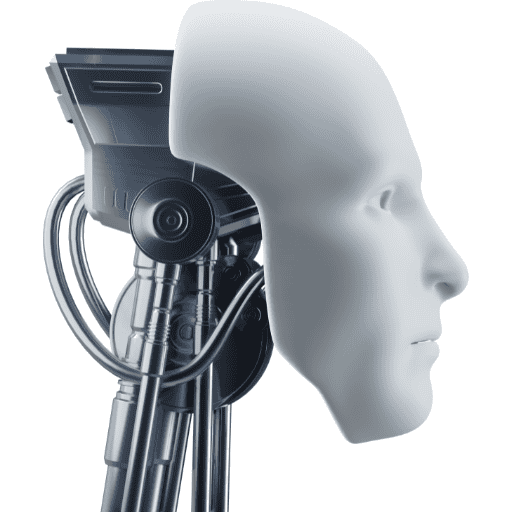OpenAI's Voice Technology: Expanding Access and Raising Concerns

Did you know that OpenAI, the same folks behind ChatGPT, are bringing some pretty cool voice technology to the table?
Yup, they’re opening up their advanced voice mode to app developers everywhere. Let’s dive into what this means and some of the buzz around it.
Bringing AI Voices to Everyone
So, what’s the scoop? OpenAI is allowing any app developer to use their fancy AI voice tech. Imagine your favorite app being able to talk back to you with super realistic voices! This move is all about making human-like voice interactions more common. Not only could this make apps more fun and easy to use, but it might also help OpenAI make lots of money. Pretty smart move, right?
What’s So Cool About It?
OpenAI’s voice mode isn’t just any old voice tech; it features six AI voices that can pick up on and respond to how people are speaking. They showed off this tech with a pretend phone call where an AI voice managed to place an order – pretty nifty! Before, this was only for ChatGPT subscribers, but now, it’s out there for all developers who want to get their hands on it.
Weighing the Pros and Cons
Now, while all of this sounds awesome, there are some things people are a bit worried about. Sure, using your app just by talking to it could be super cool and even help folks who have trouble typing or seeing. But there are a few problems that this technology might bring along as well.
The Good Stuff
- Better User Experience: Imagine being able to chat with your devices just like you would with a friend!
- Improved Accessibility: People who might have trouble using traditional interfaces could benefit a whole lot from this.
The Not-So-Good Parts
- Consumer Frustration: Not everyone is a fan of talking to machines, and some might find it annoying.
- The Spread of Misinformation: Realistic AI voices could be used to create misleading audio that sounds totally real.
- Ethical Concerns: Think about what could happen if someone cloned a person’s voice without their permission!
Keeping Things Safe and Sound
OpenAI gets it – they know there are risks. They’ve put rules in place to try and keep everything on the up-and-up. For example, developers have to make it clear that users are talking to AI – unless, of course, it’s super obvious.
But here’s the tricky part: once this tech is out there, controlling how it’s used is a big challenge. Even with rules and checks, past slip-ups show it’s tough to really keep a handle on everything. OpenAI’s chief product officer, Kevin Weil, mentioned they really want interacting with AI to feel like interacting with humans but with great power comes the great responsibility of making sure it’s not used for sketchy stuff, like scams or fake news.
The Bottom Line
So, what’s the takeaway? OpenAI opening up their voice tech is a big step forward in how we interact with AI. The tech has loads of potential benefits, but there are also real concerns about how it could be misused. As this technology rolls out to more and more developers, OpenAI will need to keep a close eye on how it’s being used and make sure they’re staying on top of any issues.
They’re walking a tightrope between advancing tech and making sure it doesn’t get used for the wrong reasons. It’s a journey definitely worth watching!
